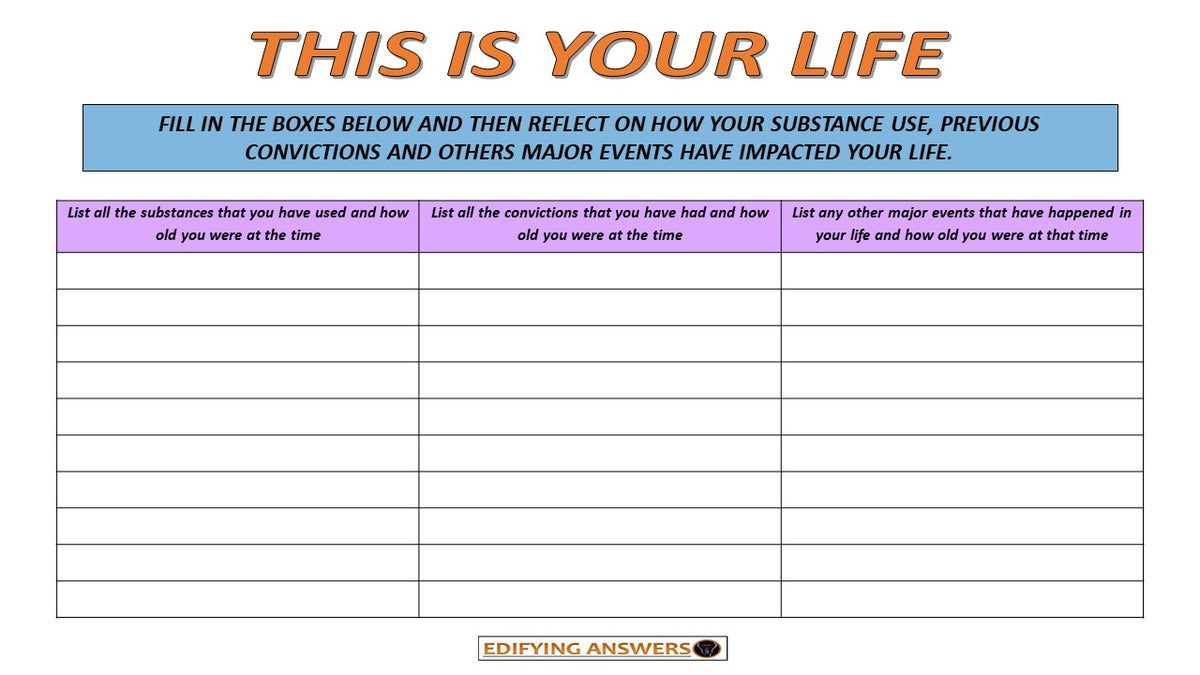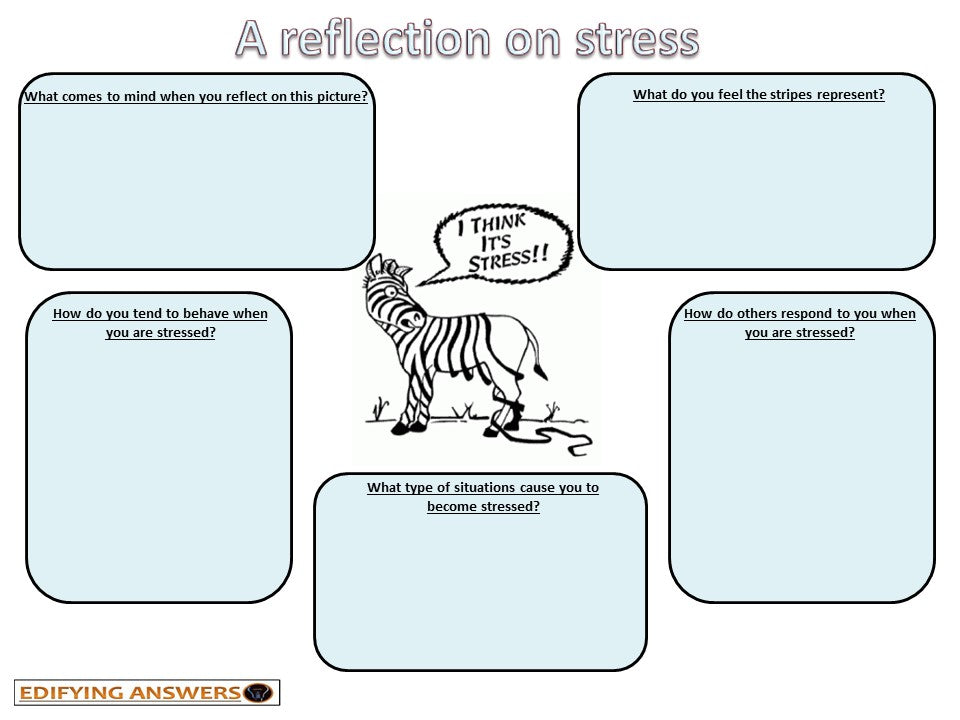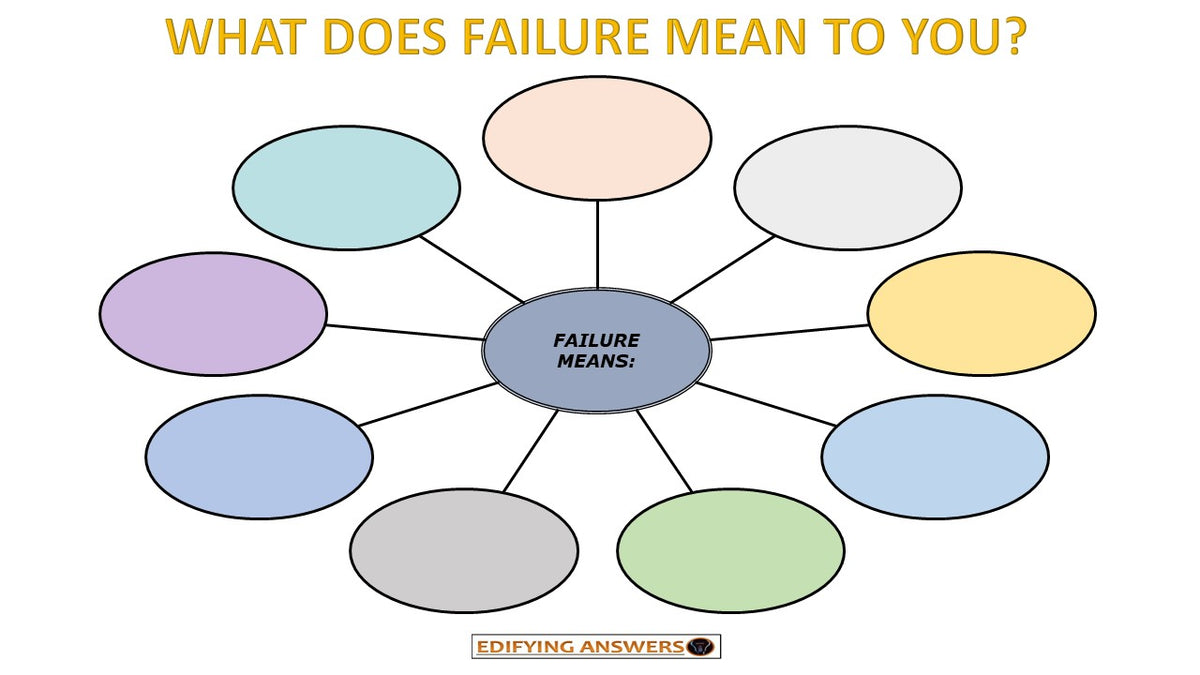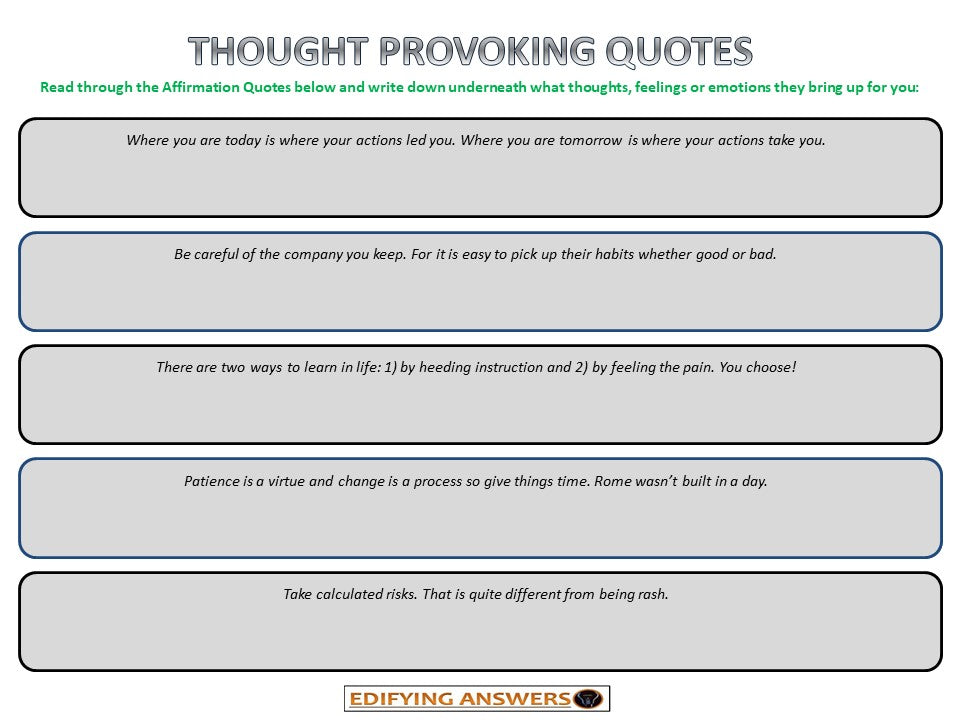
Crushing Inner Critic #5: Building Mental Fortitude to Overcome Limiting Beliefs
Introduction: The Invisible Chains of Limiting Beliefs
We all carry an internal narrative—an inner dialogue shaped by our experiences, upbringing, environment, and the culture in which we live. While some of this internal script empowers us, other parts quietly sabotage our confidence, peace, drive, commitment, and purpose. These are limiting beliefs—self-imposed constraints rooted in fear, comparison, shame, and inadequacy.
Limiting beliefs are Inner Critic #5 in the Discipline Equation framework—one of the most destructive voices we must overcome to step into our full potential.
They sound like:
· “I’m not smart enough.”
· “People like me don’t succeed.”
· “I’ll probably fail again.”
· “I’m not ready.”
· “Who am I to try this?”
Over time, these beliefs become subconscious programs that shape how we think, feel, act—and what we avoid. They rob us of:
· Confidence – by creating self-doubt and fear of failure.
· Peace – by generating inner conflict and anxiety.
· Drive – by stifling motivation and ambition.
· Commitment – by encouraging hesitation and inconsistency.
· Purpose – by keeping us in survival mode instead of growth mode.
So, how do we build the mental fortitude to silence this inner critic and rewrite the script?
1. Understand the Origin of Limiting Beliefs
“Every belief has a cost or a consequence. When you identify the cost, you reclaim your power.” — Dr. Nicole LePera
Most limiting beliefs aren’t ours—they're inherited or learned:
· From caregivers who projected their fears.
· From schools that rewarded conformity.
· From a society that defined success and worth narrowly.
· From trauma or repeated failure.
Tool: Reflective Journaling
Ask yourself:
· When did I first start believing this?
· Who told me this was true?
· What has this belief cost me?
This introspective exercise helps bring subconscious scripts into the light where they can be challenged.
2. Disrupt the Narrative with Evidence-Based Reframing
“Don’t believe everything you think.” — Byron Katie
Mental fortitude means challenging automatic thoughts. Just because a belief feels true doesn’t mean it is true.
Tool: Cognitive Restructuring
Write down the belief, then challenge it:
· What evidence supports this?
· What evidence contradicts it?
· What would I say to a friend who had this belief?
This process disrupts the emotional charge of the belief and introduces objectivity.
Example:
Limiting Belief: “I always mess up.”
Reframe: “I’ve made mistakes, but I’ve also learned, grown, and succeeded many times.”
3. Train the Mind with Mental Discipline
“Mental strength is not just the absence of weakness—it’s the presence of disciplined focus.” — Dr. Andrew Huberman
Limiting beliefs thrive when the mind is undisciplined and reactive. Fortitude is built through intentional mental training.
Tool: The "Discipline Equation"
Clarity + Purpose + Commitment - Distraction - Emotional Resistance = Discipline
Use this to:
· Gain clarity on your vision and values.
· Connect with a purpose that pulls you beyond fear.
· Commit to daily habits, not outcomes.
· Remove distractions like comparison and overthinking.
· Face resistance, such as fear, perfectionism, or shame, with presence.
4. Use Affirmations That Evolve with Your Growth
“Affirmations aren’t magic. They’re practice.” — Mel Robbins
Rather than generic affirmations, create evidence-backed mantras that reflect your journey and values.
Tip: Pair affirmations with proof.
Example: “I am capable” → “I am capable because I led that project successfully, even when I doubted myself.”
Make it real. Make it personal.
5. Lean on the Environment and Community
“You can’t heal in the same environment that hurt you.” — Anonymous
Sometimes, the strongest mental fortitude is knowing when to reposition yourself:
· Leave environments that reinforce limitation.
· Seek mentors, coaches, or communities that reflect what’s possible, not what’s familiar.
Tool: Influence Audit
Who or what reinforces your limiting beliefs? Who or what challenges them? Adjust your circle accordingly.
6. Take Aligned, Imperfect Action
“Confidence is a byproduct of action, not a prerequisite.” — Ed Mylett
The surest way to dismantle a limiting belief is to prove it wrong through action.
Strategy:
· Take small steps that align with your desired identity.
· Let action rewire your brain and self-image.
· Celebrate progress, not perfection.
Over time, this builds neural resilience—a brain that’s trained to expect success instead of sabotage.
7. Practice Inner Dialogue Mastery
“The most important conversation you’ll ever have is the one you have with yourself.” — David Goggins
Your inner voice is either your drill sergeant or your coach. Cultivate a tone that is:
· Direct but not cruel.
· Honest but not harsh.
· Loving but not indulgent.
Tool: Self-Compassion Script
When you catch yourself in a limiting thought, say:
“That’s a thought, not a truth. I’ve overcome before. I can rise again.”
This helps regulate the nervous system and builds emotional resilience.
Conclusion: Rewrite the Script, Reclaim Your Life
Limiting beliefs are not truths—they’re habits of thought. But like any habit, they can be changed with discipline, intention, and mental training.
Building mental fortitude isn’t about becoming fearless—it’s about acting despite the fear because your clarity, purpose, and commitment are stronger.
Start small. Stay consistent. And remember: the more you question the belief, the less power it holds.
Expert Insight Round-Up
· Dr. Carol Dweck: “Beliefs are powerful. With a growth mindset, we believe abilities can be developed—leading to greater resilience and success.”
· Dr. Joe Dispenza: “To change is to think greater than your environment.”
· James Clear: “Every action you take is a vote for the type of person you wish to become.”
I hope you found this blog helpful. If so, please leave a comment and let me know one thing that you will take away from it in the comments section below.





0 comments